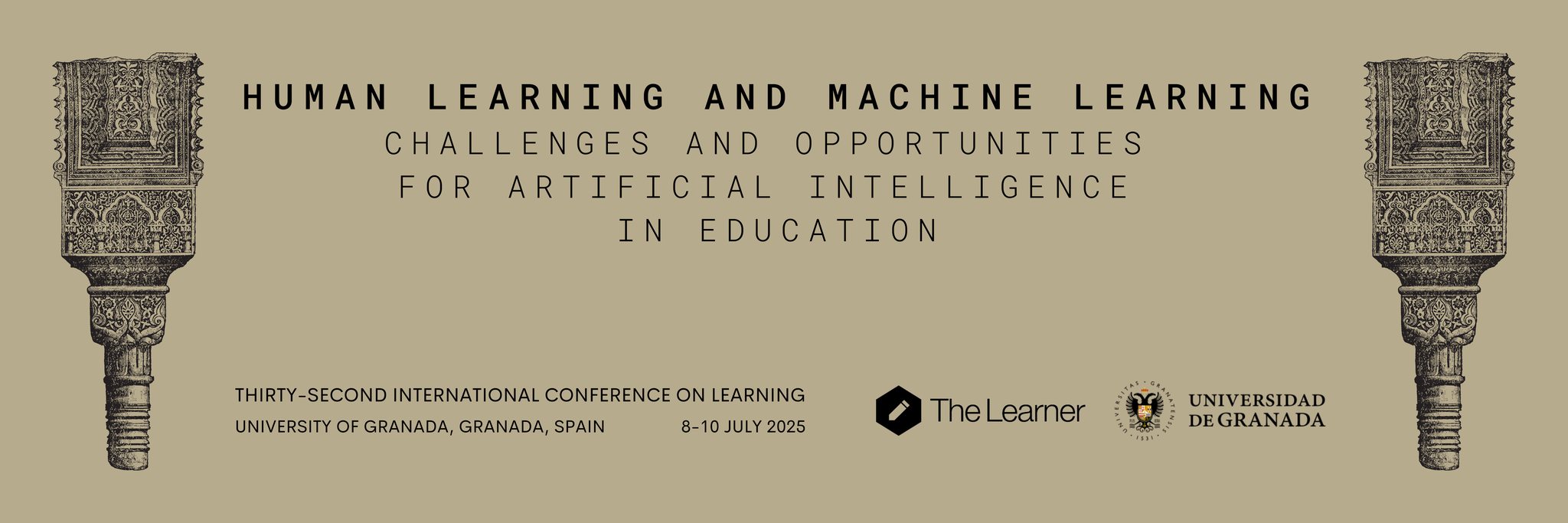Human Learning and Machine Learning—Challenges and Opportunities for Artificial Intelligence in Education.

The arrival of generative AI has precipitated a panic among some educators while prompting qualified enthusiasm from others. Ask a GPTs (Generative Pre-Trained Transformer) to take a high-stakes select response test, and it will generally pass or even excel. Prompt it to write a five-paragraph essay on any topic, and it will produce a well-written if dull and predictable response, at least as good or better than a student’s response. Here comes a cheating bonanza: unless strictly proctored, there’s no reliable way to tell whether a student response has been generated by AI, especially with a few extra tricks in written text such as adding some typos or awkward expressions. What to do? How to put generative AI to good use?
In addition to the broad range of regular themes addressing educational and social change at The Learner Conference, this year we will have a special theme exploring the implications and applications artificial intelligence in education generally, and GPTs in particular. Presentations addressing this special theme will examine the differences between machine and human learning and the ways in which machines can complement human learning. Some of the questions we will address are: What are supervised, unsupervised and reinforcement machine learning? Will mechanical intelligence ever be able to replicate or exceed human intelligence? What are the practical applications of learning analytics and artificial intelligence in learning management systems and other educational tools? What are the implications for diversity, equity and inclusion?